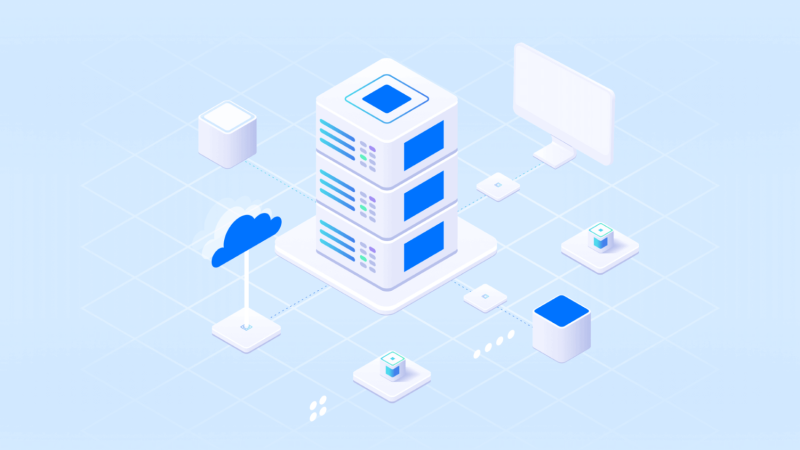Contributed by Matt Cicciari
Database reliability is an ongoing process, not a one-time activity. And your database disaster recovery (DR) plans are a key part of keeping your business systems reliable.
However, in today’s culture that embraces the famous Ron Popeil mantra of “set it, and forget it,” maintaining highly reliable systems is easier said than done. Change happens faster than ever, bringing with it greater complexity and greater risk – business and technical:
- Brand reputation – System failures that negatively impact customers are often broadcast across social media.
- Legal – Failures in maintaining Service Level Agreements (SLAs) can result in a breach of contract scenarios and possible public lawsuits.
- Security – If sensitive data gets exposed, your business could face steep financial and regulatory penalties.
While we are constantly reminded to be diligent in our efforts or pay a hefty price, many folks still need to be convinced to take action. So, here is a list of five compelling reasons to review your disaster recovery plans right away:
1. Outages happen - it’s a matter of “when,” not “if”
Server downtime and hardware failures cost you time, money, and resources that you probably can’t afford. According to Statista, the frequency of server failures based upon the age of the server more than doubles from Year 1 (5%) to Year 4 (11%). During that same period, the annual number of server downtime hours based on server age jumps 160% - 2.5 hours for Year 1 to 4 hours for Year 4. If you don’t swap the server hardware every three years (per best practice), your reliability will be impacted.
2. Markets will change – keep up
Your business must become more flexible and nimble to keep up with change from many sources, such as government and industry regulations and market-driven initiatives like support for mobility, as well as support for more and different types of data. Gartner predicts 5.5 million new devices will get connected every day in 2016. Those devices will be generating significantly more data, and you must ensure that your systems handle the growing workload.
3. “Service Engine Soon” – don’t skip regular maintenance
Becoming proactive versus reactive is a goal that most IT organizations strive to achieve, but struggle to execute for many reasons. While you might have a DR plan in place, when was the last time you fully tested the entire system from failure through recovery? How much, if any, data from the backup system got lost or corrupted when users tried to go-live again? Trust the DR plan, but verify it works on a regular basis when you are not in the middle of an actual outage.
4. Invest in your team – keep your staff trained
In the same way that you provide regular maintenance on your systems, developing a culture of continuous learning will keep your team highly skilled and your systems functioning properly. According to a 2015 global survey conducted by ITIC, 49% of respondents identified human error as the leading issue affecting server reliability and downtime. Make sure your teams have the necessary training to be highly proficient with the tools and systems you deploy. Validate their skills through certification programs that are recognized by the industry to ensure they know their stuff.
5. Technology will change – review and evaluate
Public and private clouds are changing the ways IT manages data, assuming you are comfortable with distributing your intellectual property. Flash storage offers speed and dependability, but at a price. Containers offer the promise of running software reliably when moved between computing environments, but your team will require new skills. While it’s tempting to jump after the next shiny new thing, be careful what you adopt. Consider how that technology fits within your business and technical roadmaps. Conduct a SWOT (strength, weakness, opportunity, threat) analysis to determine the costs and benefits in the short- and long-term.
For additional guidance on how to improve the reliability of your Postgres environment and prepare for disaster recovery, listen to our recorded webinar “Business Continuity Considerations for a More Reliable Postgres Environment” or contact us today to start a conversation.
Matt Cicciari is Director of Product Marketing at EnterpriseDB.


